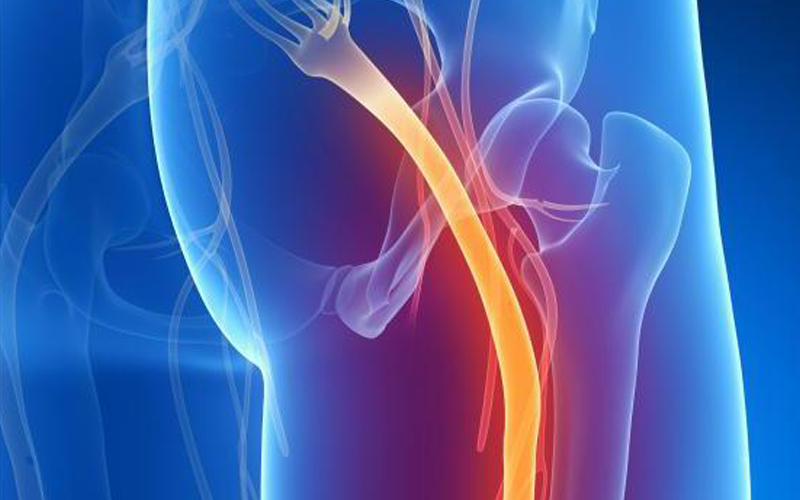
Back Pain & Sciatica: NICE Guidelines
Following NICE guidelines 2017
Our osteopathic approach to managing your recovery
Sciatica symptoms
“Shooting pain along parts or all of the back portion of the lower limb into the buttock, thigh, calf and foot!”.
“Pins and Needles, numbness or coldness in the back of the thigh or calf and foot”
“Gradual increase in symptoms then a sudden increase in intensity and spread of pain”
Typical causes
- Long term poor posture or sudden bending or even sneezing.
- Change of exercise or sudden over stretches
- Due to walking problems or other injury
Effects on lifestyle
- Hard to sit, especially in soft seats.
- Driving discomfort & hard to get out of car seat.
- Night time discomfort in bed.
- Pain in the workplace when carrying or lifting
Different types of Sciatica
Disc Sciatica
The disc between vertebrae has “slipped” compressing the Sciatic Nerve root. Diagnosed frequently, but less often visible on MRI or X-ray.
Non Disc Sciatica
When mechanical stress is placed on the Sciatic Nerve due to muscular tension around the hip girdle and spinal stiffness in the lower and mid back. This type of Sciatica appears to be symptomically similar to “Disc Sciatica” however the underlying reason for the problem, and its treatment and accompanying advice are very different.
Mechanical Sciatica
Tension can be placed on the Sciatic nerve as a result of stiffness in the upper part of the lumbar spine, the accentuated rounded shape of the upper back caused by slumping due to posture. Stiffness deep in the hip girdles and buttock muscles can all place strain on the nerve root producing Sciatic type symptoms.
Can we help you?
Body Back-Up offers a professional Low Risk option.
Our Osteopath’s are skilled in distinguishing these two types of sciatica.
If you appear to have a disc form of sciatica, we will refer you to the appropriate specialist via your GP.
However, if we feel after a full case history and examination that you do have a mechanical form of sciatica – we will form a treatment plan consisting of 3-6 treatment sessions over 3-4 weeks.
This would be accompanied by advice and remedial exercises that should help you overcome your symptoms, as well as improve your general flexibility and well being.
We will monitor your progress throughout and suggest a return visit 2-3 months after your last appointment to check your spinal and muscular function.
 Trustpilot
Trustpilot

